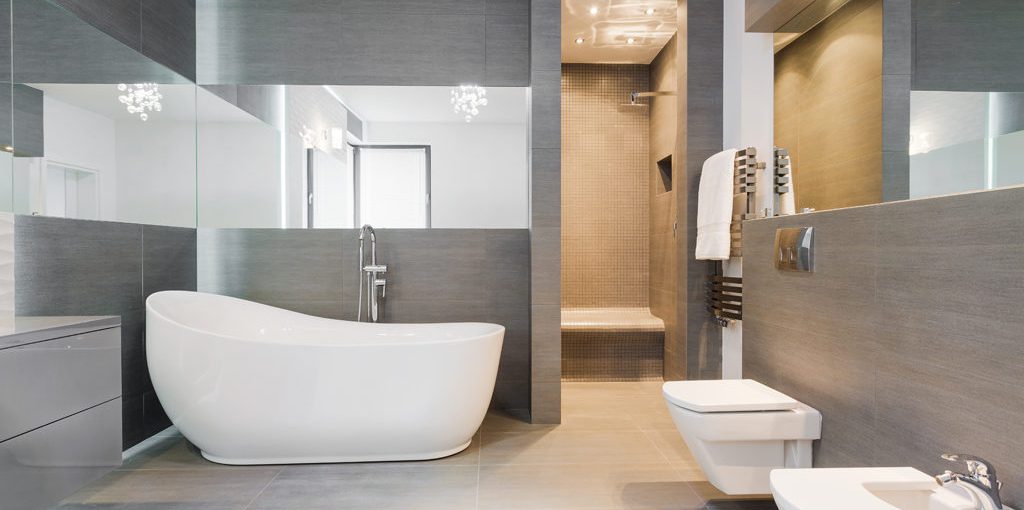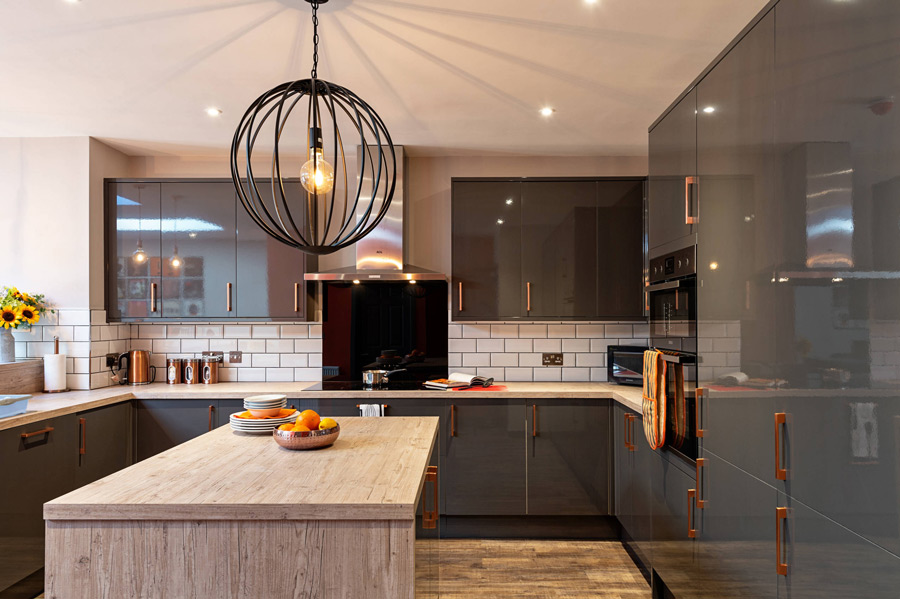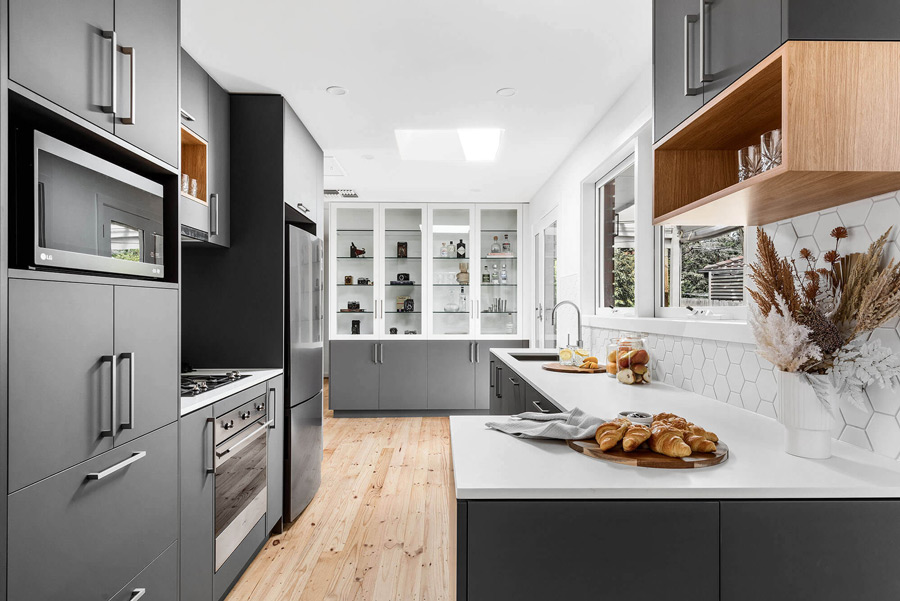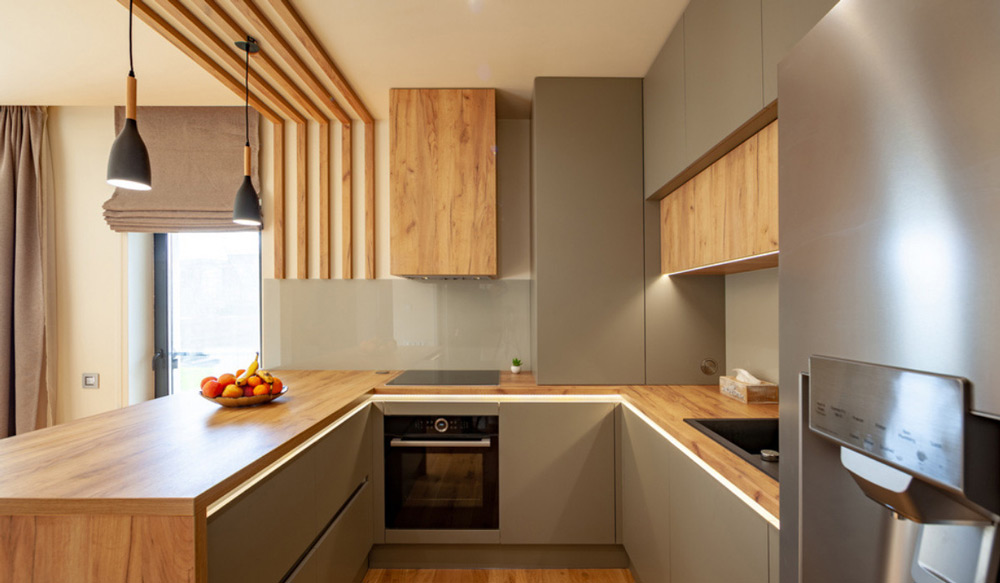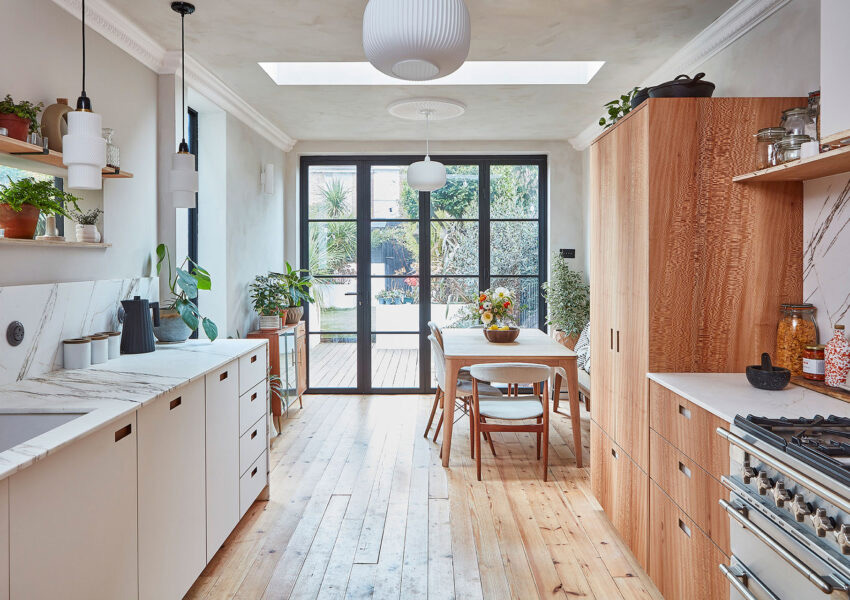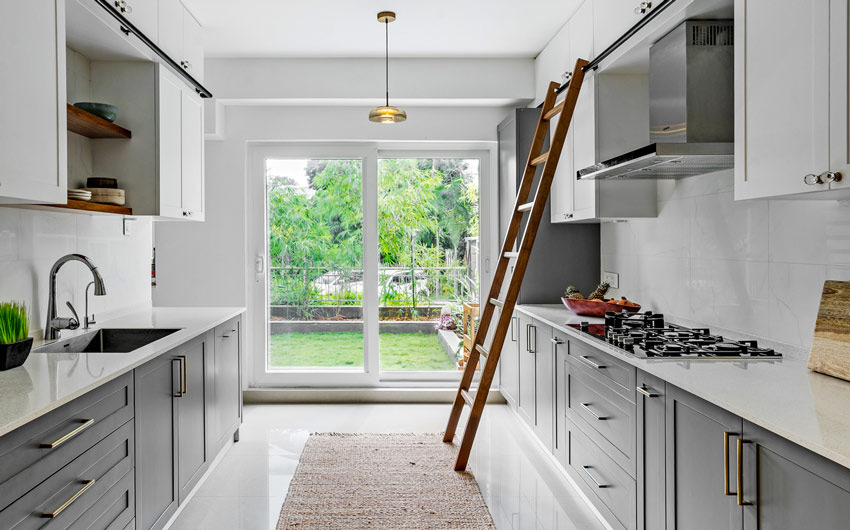The Bathroom – what was once an overlooked room of the house (or pushed into the backyard), has now become one of the most important spaces in the home. Bathrooms have emerged as no longer a space for purely practical needs, but instead a private sanctuary with relaxation and pampering as its primary role. No matter the house, every bath can benefit from a simple (or extreme) renovation. Even bathrooms that can’t be increased in size can become entirely new rooms – thanks to innovative fixtures, creative thinking and intelligent design.
“Although the task of remodelling can seem daunting, with some careful planning and smart decisions, we can show you how to minimise costly mistakes and fast track your way to a new and improved bathroom. ”
Adding or renovating your existing bathroom isn’t just an indulgence; It’s a smart idea
Adding or renovating your existing bathroom isn’t just an indulgence; It’s a smart idea. It is arguably the most effective home improvement investment you can make after a kitchen. Although the task of remodelling can seem daunting, with some careful planning and smart decisions, we can show you how to minimise costly mistakes and fast track your way to a new and improved bathroom.
Step One: Bathroom Needs
The first step in designing your new space is to think of the primary needs of your bathroom. The key priorities to most bathrooms are a bath, shower, basin, toilet and storage. If you’re redesigning your ensuite, perhaps you can do without a bath? If you are accommodating for a bathroom for your children – extra storage might be essential. Be careful to not make the mistake of planning for ‘right now’. While you may not need a bath today, it might be something you have a use for in the future. If you’re planning for resale value, think of what fixtures will appeal to a broader market.
Step Two: Plan a Layout
When planning your bathroom, minimize the change of layout if possible. To change the location of waste and water pipes is expensive. If you’re tackling a bigger renovation job that includes knocking down or rebuilding walls, be mindful to check with your local council for any building regulations or approvals you may need. Looking for smaller and effective changes you can make to your existing space will save you not only time but money as well. Never underestimate what a fresh coat of paint on the walls can do for any room. Have a look around for some online design tools as well to help you visualise what your layout will look like.
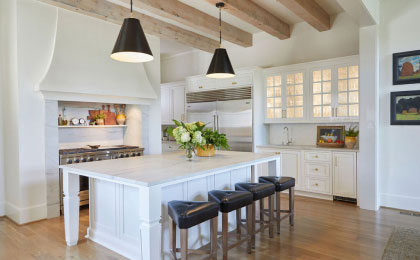
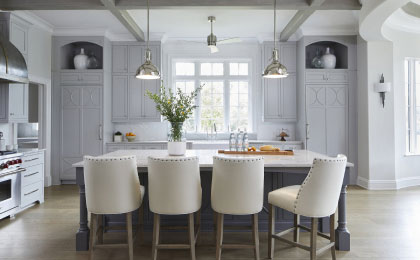
Step Three: Seek Inspiration
Now it’s time to research the style you want. Seek your inspiration from websites, interior design magazines, and even hotels and spas. Choosing a style will help you when it comes to picking out fixtures and colours. Create a visual checklist, or even an inspiration board to help you keep track of the things you like. Tear out pages from a magazine, print off your favourite pintrest images, and take photos of bathroom ideas you love and watch your bathroom come to life.
Step Four: Be Realistic (With Space & Budget)
As much as we would all love to have a massive spa bath, double shower heads and his & hers sinks – that might not be realistic for your space and budget limitations. Do some research about the products that will make the most out of your space and look for smarter options that will make the biggest impact with the smallest financial outlay. Sticking to a budget means you can prioritise where to spend, and where to save. When thinking about budget, it is always recommended to have some extra wiggle room in case of any unexpected costs that may arise. Add on some extra money than you think you might need, and if don’t end up using it – say hello to some new bathroom furnishings to go with your new space!
Step Five: Don’t Forget About Storage
Storage in any bathroom is key! A minimal glass shelf won’t be enough – a substantial vanity with extra storage beneath is always a smart buy. Look for face level storage as well. A mirror with storage shelves hidden behind it is a great way of saving space while giving you room for toothbrushes and electric shavers. Toiletries out on display is never a good look. A wall niche in the shower is a great way of hiding those shampoo bottles whilst also keeping them off the floor.
Step Six: Decide and Organise your Tradespeople
Depending on your renovation, you may be able to get away with doing things yourself – if your updates are strictly cosmetic. If you are doing a larger renovation project – you will need to enlist the help of some tradespeople. Getting recommendations and references from friends and family is a great place to start – and get at least 3 different quotes. Remember the most expensive quote doesn’t necessarily mean the best workmanship. Plan ahead with your tradespeople – to avoid your workers standing around twiddling their thumbs, factor in for delivery time on your products. They may even be able to save you some extra cash by offering trade discounts on certain products (it will never hurt to ask).
Step Seven: Surviving the Work
If you’re looking at a larger scale renovation, don’t overlook the fact that you’ll be out of a bathroom anywhere from 10 days to 3 weeks, so it is best to make some other arrangements. If you don’t have an additional bathroom in your house, you may have to look to family and friends to accommodate you. You can even hire portable bathrooms and showers to ease the stress of a bathroom renovation. Otherwise, the change room facilities at your gym are going to start to look really appealing. After all, dry shampoo will only get you so far…
With some careful planning, renovating your bathroom isn’t as scary as it sounds. If you are still overwhelmed with the idea of tackling the job on your own, and if your budget allows for it, enlist the help of MSquared Constructions to help you along the way. Good luck and happy relaxing!

